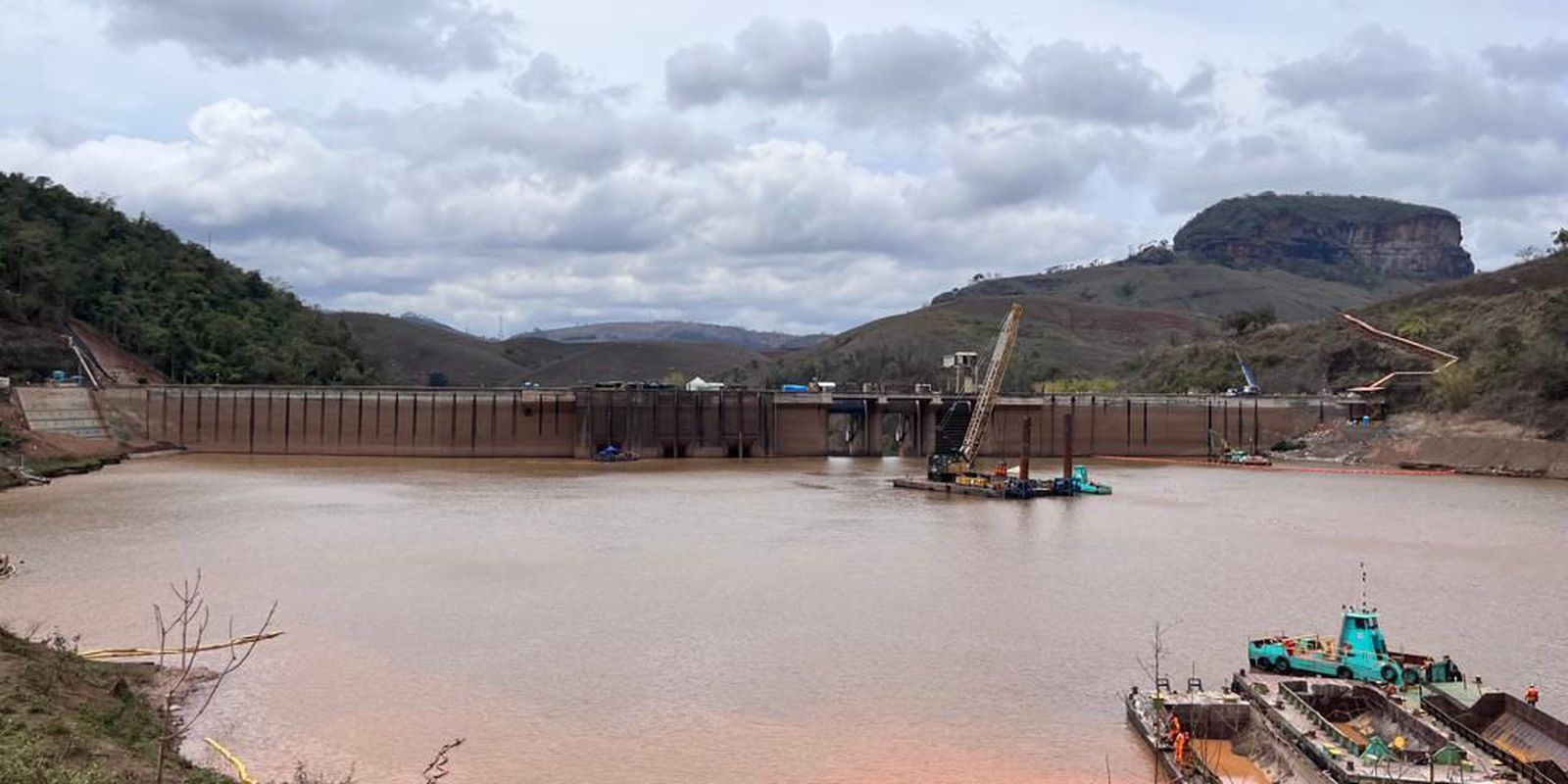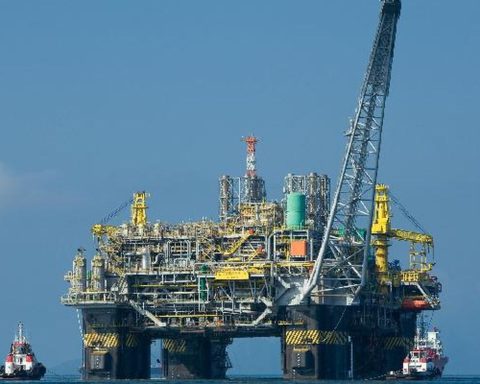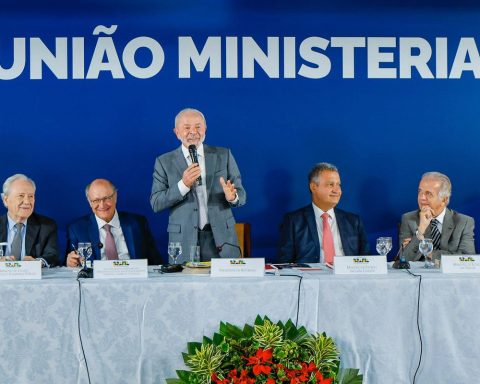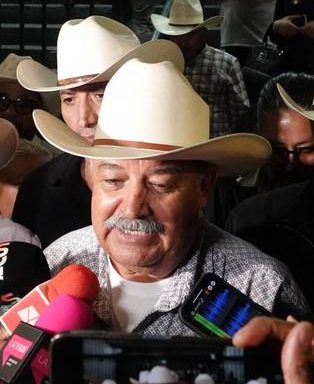Paralyzed since the rupture of the Samarco dam in November 2015, the Candonga plant is not expected to resume operations before December. The interruption of hydroelectric activities for more than seven years has been affecting the collection of two municipalities in Minas Gerais: Rio Doce and Santa Cruz do Escalvado. To compensate for the losses, the Federal Court ordered Samarco and its shareholders Vale and BHP Billiton to start making monthly payments.
Located in Mariana (MG), the dam that broke released 39 million cubic meters of tailings that flowed through the Doce River basin, to the mouth of Espírito Santo. Nineteen people died and dozens of municipalities were affected. The environmental impacts would have been even greater if the Candonga Power Plant, as the Risoleta Neves Hydroelectric Power Plant is popularly known, had not acted as a barrier. It is estimated that around 10 million cubic meters of waste have been retained within its reservoir.
Located on the border between Rio Doce and Santa Cruz do Escalvado, the Candonga plant is managed by a consortium in which Vale is the main figure on the board of controllers. It directly accounts for 50% and the other 50% belong to Aliança Energia, a joint venture formed by the mining company itself (55%) and Cemig (45%). In addition to polluting the water and affecting the storage capacity of the reservoir, the mud also caused damage to the turbines.
With the stoppage of activities, the Candonga plant failed to collect two taxes that benefited both municipalities: the Tax on the Circulation of Goods and Services (ICMS) and the Financial Compensation for the Use of Water Resources (CIFURH), which is considered as royalties of electrical energy.
Agreement
In March 2016, four months after the tragedy, the three mining companies, the Union and the governments of Minas Gerais and Espírito Santo signed an agreement that became known as the Term of Transaction and Adjustment of Conduct (TTAC). He established 42 repair programs, one of them specifically aimed at desilting and the complete recovery of the Candonga Power Plant reservoir.
As provided for in the agreement, the Renova Foundation was created to administer all the programs. Although it is maintained with resources from the three mining companies, it has its own direction. Its performance, however, has been the subject of judicial questioning by the Public Ministry of Minas Gerais (MPMG), the Federal Public Ministry (MPF) and entities that represent those affected. They consider that the governance structure does not guarantee the autonomy of the Renova Foundation before the mining companies. Faced with disagreements over reparation measures, negotiations for a new agreement began last year. So far, there has been no success.
In the case of the Candonga Power Plant, the TTAC provided for the conclusion of the dredging of the first 400 meters of the reservoir by December 31, 2016. Samarco acquired a farm in Rio Doce to dispose of the dredged tailings in a sustainable way. The TTAC term, however, was not fulfilled.
Questioned by the MPMG at the time, Samarco justified itself by saying that silting made it difficult for dredgers to access, as there was an excess of tailings and low water levels. The consortium that manages the Candonga plant kept its floodgates open for fear that the structure designed to store water could collapse in the presence of mining tailings.
Faced with the situation, a new agreement was sewn on top of studies that gave security for the water level to be raised up to three meters high. The work, however, followed a slow pace and new agreed deadlines were not met. In 2020, the Brazilian Institute of the Environment and Renewable Natural Resources (Ibama) reported that fines for successive failures to meet deadlines amounted to R$ 46 million. On its website, the Renova Foundation maintains that cleaning the reservoir is a complex operation and that “between prioritizing compliance with deadlines, safety or care for the environment, it will always opt for safety and environmental protection”.
According to the calculation presented by the municipalities in a lawsuit filed last year, Rio Doce failed to collect R$ 24.7 million since the collapse and Santa Cruz do Escalvado R$ 24.2 million. Reimbursement of this entire amount is yet to be discussed. For now, the Federal Court has granted an injunction for mining companies and the Renova Foundation to make a monthly deposit, taking into account the average calculated according to technical parameters and criteria.
The decision was signed by judge Michael Procopio Ribeiro Alves Avelar and, if it is not reversed, the payments must be made until the Candonga Plant resumes its operation. Called to position itself in the process, the MPF manifested itself in favor of the municipalities’ claim.
As CFURH, Rio Doce should receive BRL 58.8 thousand and Santa Cruz do Escalvado BRL 51 thousand. The ICMS, on the other hand, will be calculated month by month based on the state’s collection, which is distributed among the municipalities according to pre-established parameters. A simulation referring to August 2018 was included in the process: in that month Rio Doce would receive BRL 156.3 thousand and Santa Cruz do Escalvado BRL 161.5 thousand. wanted by Brazil Agency, the mining companies did not manifest themselves. The Renova Foundation informed that it will position itself in the file of the process.
Transfers
Even after the dam rupture, the Candonga Plant received transfers through the Energy Reallocation Mechanism (MRE) as if it were operating. Administered by the National Electric Energy Agency (Aneel), the MRE is a system created to mitigate the economic risks of hydroelectric plants caused by the lack of rainfall.
Aneel even suspended transfers, but Usina de Candonga obtained a favorable lower court decision and payments were resumed. In judicial manifestations in 2020, Aneel indicated that the situation had already generated a loss of more than BRL 420 million to the other hydroelectric plants that make up the MRE and that about 30% of this total ends up being gradually passed on to consumers through the electricity bill. . He also maintained that, while receiving the values, the consortium that operates the plant “has not been diligent in resuming commercial operation”.
In October 2021, the Special Court of the Superior Court of Justice (STJ), composed of 15 ministers, determined the end of transfers. The vote of rapporteur Humberto Martins was unanimously approved. According to him, maintaining payments would bring economic harm to consumers and indirectly benefit Vale, which is simultaneously one of the controllers of Usina de Candonga and Samarco, responsible for environmental damage.

















